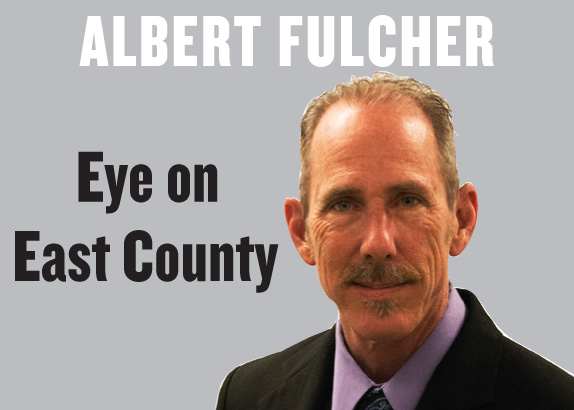Today, only three percent of vernal pools in the San Diego County region remain, and with every development that moves into what is left of our natural terrain, the percentages lower. It is estimated that vernal pools contributed to the ecological diversity of this region anywhere between 125,000 to 400,000 years.
Today, only three percent of vernal pools in the San Diego County region remain, and with every development that moves into what is left of our natural terrain, the percentages lower. It is estimated that vernal pools contributed to the ecological diversity of this region anywhere between 125,000 to 400,000 years.
There is a reason that these seasonal ponds of animal and plant life have existed, and found throughout the world is one of the basic and essential biodiversity wonders that help keep the balance of nature. These small seasonal wetlands can lay dormant for long periods of time, yet given a little water, become a haven of animal and plant wildlife that keeps this region of biodiversity in check.
This is just one of the arguments that are contained in a lawsuit filed with the city of San Diego on Nov. 4, in a last minute effort to stop the Castlerock home development project on the outskirts of Santee, between the city, the Sycamore Canyon Landfill and the Mission Trails Regional Park. This is one of the reasons Preserve Wild Santee, the Center for Biological Diversity and the California Chaparral Institute jointly filed the lawsuit, in an attempt to stop development on this undeveloped land, already approved by the city of San Diego.
Vernal pools, along with the fire hazards, mud slides and over congested escape routes that threaten the quality of life of the citizens of Santee that live adjacent to the project site are cited as reasons for San Diego to change its mind, and stop this development from moving forward.
Whether or not it works, is yet to be seen and out of the hands of Santee. The city knows this position well as the city has fought against it for 10 years, recently deciding to annex the housing project as part of the city in a stuck between a rock and a hard place scenario. If the lawsuit works, and the project is stifled, then the city of Santee loses nothing and if the current Environmental Impact Report stands and the project is built the city gains approximately $100,000 in yearly revenue, an increase in congestion in a highly congested area and a greater risk of the ability to flee in another worst case situation like the 2003 Cedar Fire.
These are all good reasons to put up a fight. Although, private property designated for housing, all things need to be taken into consideration for the current residents of Santee that are most affected by this development project. They have dealt with fires, flooding and mud slides in this region and have every right to have their voices heard.
It is not my desire to stop private companies from making a profit on investments made, but the consequences of the negligence of checks and balances is as important in this type of situation as it is in running our government.
This project’s approval is just another example of San Diego’s inability or unwillingness to strengthen its conservation program and stop the needless urban sprawl that directly affects its neighboring cities and communities.
In San Diego County alone, at one time there was more than 28,000 acres of vernal pool habitat before development, and now less than three percent. It is like ripping the plankton out of the ocean, a critical part in the food chain and evolution and sustainability of the creatures that inhabit it. There is no justification for this type of massacre, as it not only affects the daily lives of the people that have to live with the results of such negligence, but it also treads a thin line in the evolution of our region and the world’s future, including mankind’s. Pristine land is extinct in San Diego County now, but there is still much undeveloped land that helps keep the environmental world in balance. This vote goes to the vernal pools and the citizens of Santee.














